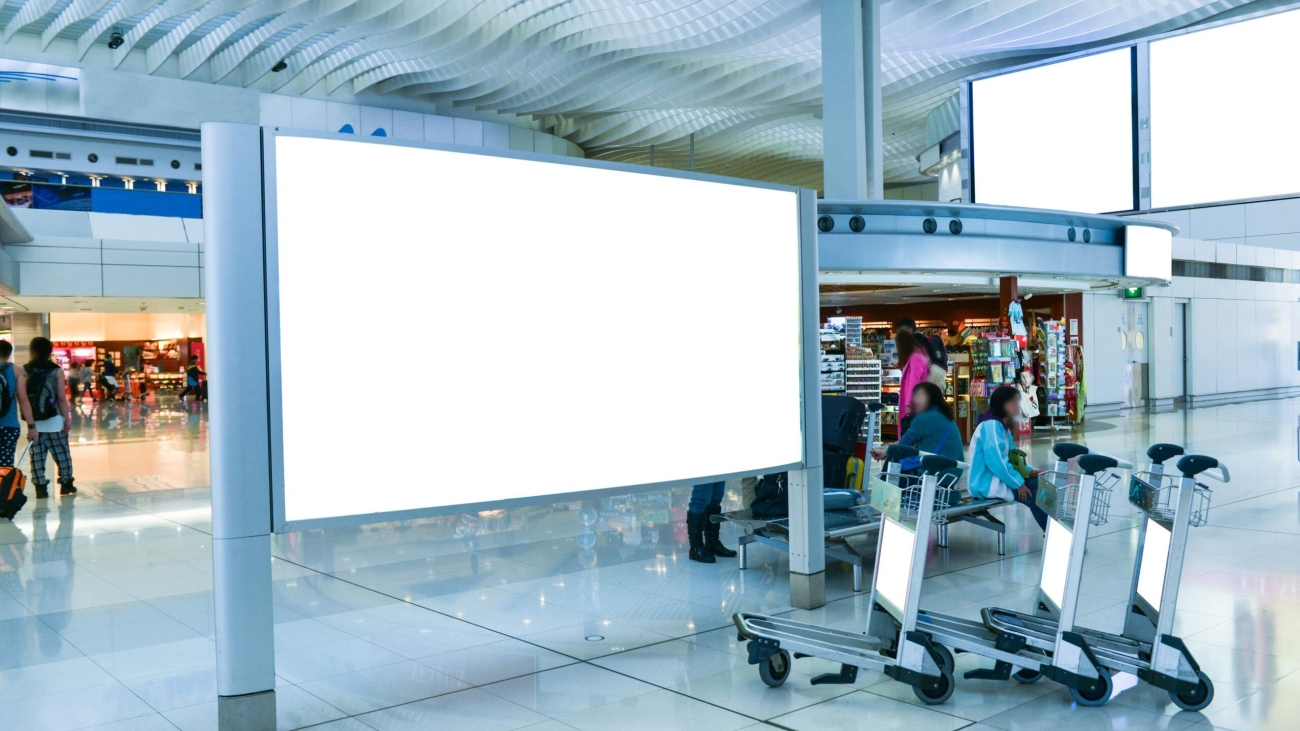Boarding Pass Printing


In the world of air travel, the boarding pass has always been an essential piece of a passenger’s journey. This seemingly simple document has undergone significant transformations over the years, from paper tickets to digital passes.
As airlines and travelers alike strive for convenience and efficiency, the role of boarding pass printing continues to evolve. Today, boarding passes not only serve as a travel document but also as a tool for enhancing the overall passenger experience.
In this blog, we will explore the history of boarding passes, the advancements in boarding pass printing technology, the different types of boarding passes used today, and the future of boarding pass printing.
The Birth of Boarding Passes: A Brief History
The concept of boarding passes dates back to the early days of commercial aviation. In the early 20th century, air travel was reserved for the wealthy, and flights were a luxury. During the first decades of commercial air travel, passengers did not need a formal boarding pass. Instead, they were simply checked in and allowed to board the plane with a ticket and a verbal confirmation.
By the 1950s, the boom in air travel, driven by increased affordability and availability of flights, led to the development of more structured and formal check-in processes. Airlines needed a more organized way to track passengers and ensure that they boarded the right flight at the correct gate. This was the moment boarding passes, in their rudimentary form, came into existence. Early boarding passes were simple paper slips that listed basic information like flight number, departure time, gate number, and seat assignment.
The paper boarding pass remained the norm for many decades. However, as technology advanced, so did the way airlines handled passenger check-in and the issuance of boarding passes.
Advancements in Boarding Pass Printing Technology
With the rise of personal computers, the Internet, and self-service kiosks in the late 20th century, the process of check-in and boarding pass printing began to change significantly. The development of these technologies led to more efficient and automated systems for managing passenger information and issuing boarding passes.
Self-Check-in Kiosks and Online Check-in
self-check-in kiosks became a popular feature in many airports. These kiosks allowed passengers to check in for their flight without the assistance of an airline representative. After entering their flight details or scanning their travel documents, passengers would be issued a printed boarding pass directly from the kiosk. This was a major step forward in terms of convenience and efficiency, as it allowed travelers to bypass long check-in lines and head straight to security.
Simultaneously, online check-in became more widespread. Passengers could check in from the comfort of their own homes or hotels, typically 24-48 hours before their flight. After checking in online, travelers could either print their boarding pass at home or receive a digital version to be scanned directly from their mobile devices at the airport. The option to print boarding passes at home became a significant convenience for travelers, as it eliminated the need to visit the airport check-in desk altogether.
The Rise of Mobile Boarding Passes
As smartphones became ubiquitous in the 2010s, mobile boarding passes began to gain traction. Instead of printing a physical boarding pass, passengers could now store their boarding pass on their mobile device through apps like the airline’s own app or a third-party app like Apple Wallet or Google Pay.
Mobile boarding passes are particularly advantageous as they reduce the need for paper and help streamline the boarding process. Since the barcode or QR code on the mobile device can be scanned directly by airport staff, the need for paper documents is eliminated, which reduces waste and improves efficiency.
These digital boarding passes also offer a host of benefits for passengers, including real-time updates on flight status, gate changes, and delays. They also offer a level of convenience that traditional paper boarding passes simply cannot match, as they can be accessed and updated on the go.
Types of Boarding Passes: Paper, Mobile, and Beyond
There are primarily three types of boarding passes currently in use today: paper boarding passes, mobile boarding passes, and electronic boarding passes (e-boarding passes).
1. Paper Boarding Passes
Despite the growing popularity of mobile boarding passes, paper boarding passes are still widely used. Most airlines continue to issue paper boarding passes for travelers who prefer to carry a physical copy or when technology issues arise. For these passengers, the boarding pass will typically be printed by the airline staff at the check-in counter or self-service kiosk, and it will contain all the relevant flight details such as:
Flight number
Passenger name
Seat number
Gate information
Boarding time
Barcode/QR code for scanning
While paper boarding passes offer the benefit of being tangible, they also have limitations, such as the risk of being lost or damaged.
2. Mobile Boarding Passes
As mentioned earlier, mobile boarding passes are increasingly popular. These digital passes are stored on a smartphone or tablet and can be scanned directly at security checkpoints and boarding gates.
Travelers can access their mobile boarding pass through an airline’s app or a third-party wallet app, such as Apple Wallet or Google Pay. Mobile boarding passes typically contain the same information as paper boarding passes, including the flight number, gate information, and a scannable barcode or QR code.
The advantages of mobile boarding passes include convenience, reduced paper waste, and the ability to receive real-time updates about the flight, such as gate changes or delays.
3. Electronic Boarding Passes (e-boarding passes)
An electronic boarding pass is a digital version of a paper boarding pass, typically delivered via email or SMS to the passenger. These passes can be printed at home or shown on a smartphone for scanning at the airport. E-boarding passes are usually issued by the airline after passengers check in online, and they can be used in the same way as paper boarding passes.
In many cases, passengers can choose whether they want to print their e-boarding pass or simply save it on their phone.
E-boarding passes are designed to provide an added layer of convenience for tech-savvy travelers who prefer to use digital documents instead of physical ones.
The Role of Barcodes and QR Codes in Boarding Passes
In the world of boarding pass printing, barcodes and QR codes play a vital role in improving the efficiency and accuracy of the boarding process.
Whether on paper or mobile devices, these codes are scanned at various points throughout the airport, from check-in to security to boarding. The use of barcodes and QR codes has reduced the likelihood of human error and significantly sped up the boarding process.
Barcode Boarding Passes
Barcode boarding passes have been in use since the late 1990s, and they were a key innovation in the airline industry. The barcode is a unique identifier that links the passenger’s information to their flight details.
Airlines typically use one of two types of barcodes: PDF417 (a 2D barcode) or Aztec (a 2D matrix code). Both types of barcodes store a variety of information, such as flight number, seat assignment, and boarding gate.
When a passenger presents their boarding pass at security or boarding, the barcode is scanned, and the data is verified in real-time. This enables airline staff to confirm that the passenger is on the right flight and that all travel requirements have been met.
QR Code Boarding Passes
QR codes are a more recent development in the boarding pass world. Unlike traditional barcodes, QR codes can store a greater amount of information, which allows them to be used for more complex tasks. QR code boarding passes have become increasingly popular because of their quick scanning capabilities and ease of use.
QR codes are particularly useful for mobile boarding passes, as they can be displayed directly on a smartphone screen, eliminating the need for a paper pass entirely. Many airlines now prefer QR codes for mobile boarding passes because they are easier to generate and scan, and they support a higher level of encryption to protect passenger data.
The Future of Boarding Pass Printing
As we look to the future, the evolution of boarding pass printing will likely continue to focus on enhancing convenience, security, and sustainability.
Airlines are constantly exploring new technologies to streamline the boarding process and improve the passenger experience. Some of the potential developments we may see in the coming years include:
Biometric Boarding Passes
Biometric technology, including facial recognition and fingerprint scanning, has the potential to revolutionize the boarding process. Rather than relying on paper or digital boarding passes, passengers could use their biometric data as a form of identification, allowing them to pass through check-in, security, and boarding without the need for physical documents. This would reduce wait times and increase efficiency at airports.
Sustainability and Paperless Boarding
As airlines and passengers increasingly prioritize sustainability, there will likely be a continued push towards paperless boarding. Mobile and electronic boarding passes, which eliminate the need for paper altogether, will likely become the standard for travelers who prefer a digital experience. This will not only reduce paper waste but also help airlines minimize operational costs related to boarding pass printing.
Enhanced Personalization and Integration
The future of boarding passes will also likely involve more personalized features. Airlines could leverage data to provide tailored information on boarding passes, such as offering passengers recommendations for food, retail, or entertainment options within the airport. Additionally, passengers could have the ability to integrate their boarding pass with other aspects of their travel experience, such as hotel bookings, transportation, and local tours.
Conclusion: The Evolution of Boarding Pass Printing
From humble beginnings as paper slips to the advanced digital and mobile boarding passes of today, the boarding pass has evolved to become much more than just a document that grants access to a flight. It has become a symbol of the airline industry’s ongoing pursuit of efficiency, convenience, and customer satisfaction.
As technology continues to advance, we can expect boarding passes to become even more integrated with our daily lives, with biometric identification and personalized travel experiences on the horizon. Ultimately, the evolution of boarding pass printing reflects the broader transformation of air travel, where innovation and technology play a central role in shaping the future of the industry.
Whether printed on paper or displayed on a smartphone, the boarding pass will continue to play a crucial role in ensuring smooth and seamless travel experiences for passengers worldwide.
























